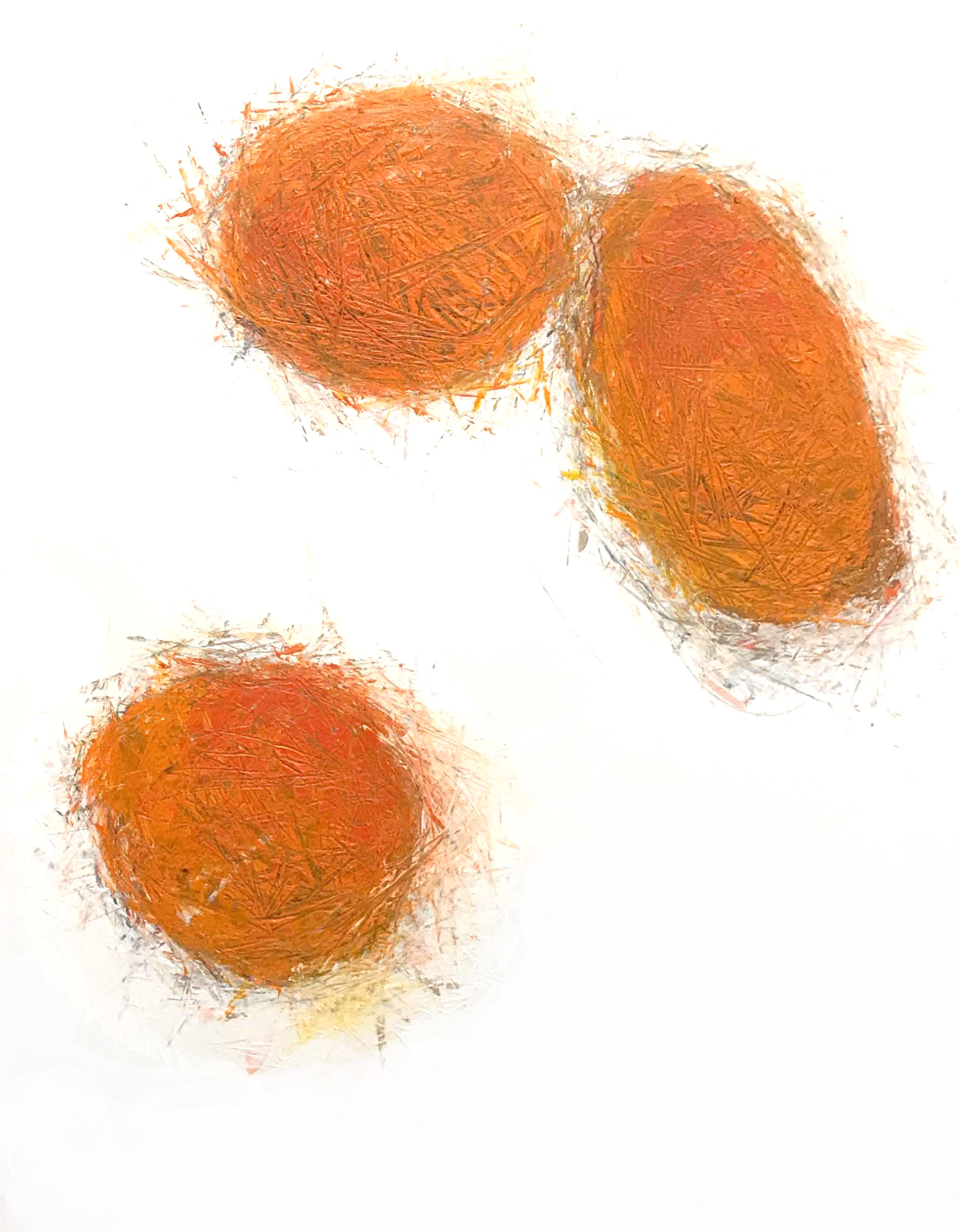
Anyone who has a fireplace, tended a camp fire or barbecued in their back yard without propane must have, at some point, become fascinated by coals.
Charred wood can burn for an incredibly long time and during the burning process goes through various stages. Getting a fire going can be a challenge but once the flames take hold it can provide a tremendous amount of warmth and comfort to those nearby. The proximity of the pieces of fuel to one another is critical. They need to be close enough together to create the needed heat but far enough away to give each piece sufficient access to oxygen. Often when the flames disappear the coals are simply smoldering beneath a thin layer of ash. This is the best time to cook because you get a nice even heat without the flames threating to char your food. However, a few pokes and a rush of fresh air can induce the flames to return. At the end of the evening, I am always shocked at how much water is needed to completely douse a bed of burning coals.
The painting shown here is one in a series of works entitled burning coals. This series is a part of a specific exhibit focused on abstract interpretation of Biblical narratives. The term burning coals appears several times in the text and the exact meaning of these verses are debated with no seeming consensus. Perhaps the most glaring verse is Romans 12:20, which clearly references the Old Testament verse found in Proverbs 25:22. These passages place a clear emphasis to respond to our adversaries with kindness, but there is some confusion as to why. The verse states because it will “heap burning coals” on their heads. Some interpret this to mean that it will make them feel shame and remorse, pointing to an ancient Egyptian ritual of carrying coals on one’s head to signify being contrite. Others suggest being kind opens your enemies up to divine punishment. Still others suggest the phrase is a metaphor for bringing the “fire” or spirit back into one’s life.
